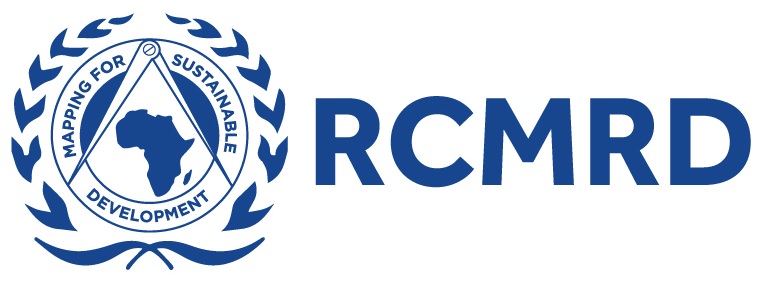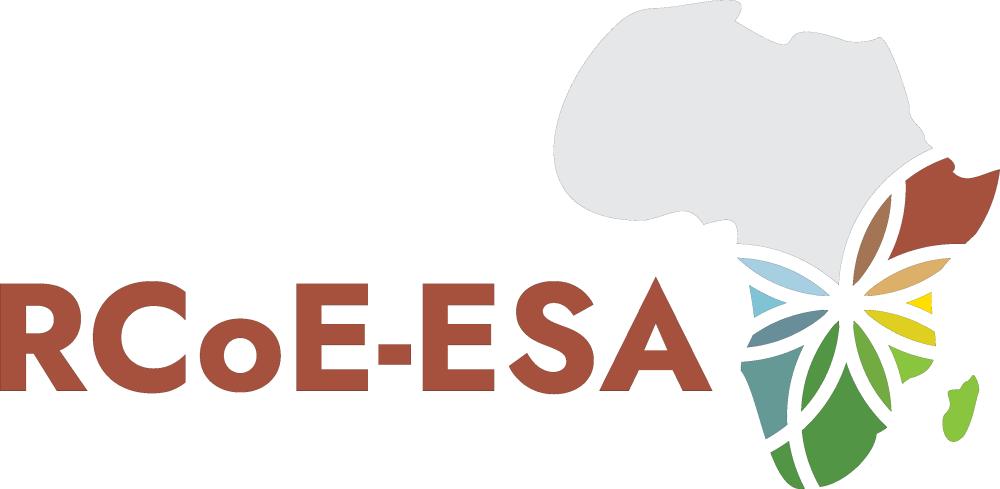 Translate
Translate
Resources
Assessment of the source regions of the Zambezi River: implications for regional water security
| Author: | Mauro Lourenc, Rutledge S. Boyes, Fenton P. D. Cotterill, Tyrel Flügel, Frank C. Nyoni, Goabaone J. Ramatlapeng, and Rainer von Brandis |
| Language: | |
| Topic: | Water and River Basins |
| Type: | Research |
| Last updated: | 26 September 2025 |
Study Overview
The study conducted by The Wilderness Project, National Geographic Okavango Wilderness Project, and Wild Bird Trust is the first comprehensive scientific assessment of the Zambezi River's source regions.
It highlights the overlooked contribution of the Angolan Highlands Water Tower (AHWT) to the Zambezi River's hydrology, water quality, and ecosystem services.
Key Findings River Length: The Lungwebungu River in Angola is the Zambezi's longest tributary, measuring 3421 km to the Indian Ocean, 342 km longer than the traditionally recognized source in Zambia. Hydrological Contributions: During the late wet season (March–May 2023), Angolan tributaries contributed approximately 73% of the flow upstream of the Barotse Floodplain. The Upper Zambezi sub-basin in Angola contains the highest proportion of wetlands (95%), including the Kameia and Luena wetlands. Water Quality: Angolan tributaries improve water quality by reducing elevated conductivity, salinity, and total dissolved solids (TDS) introduced by mining activities in Zambia's Kabompo sub-basin. Wetlands and Ecosystem Services: The Upper Zambezi sub-basin has extensive wetlands that act as natural sponges, supporting biodiversity, water storage, and gradual water release during dry seasons. Transboundary Implications: Angola's contributions to the Zambezi are critical for downstream water security, including the Kariba Reservoir and the broader Zambezi Basin. Sustainable management of the AHWT is essential to maintain ecological balance and water availability. Recommendations Improved monitoring of hydrological flows, particularly in Angola, is necessary. Development projects in the Upper Zambezi must carefully assess impacts on natural flow patterns and ecosystem services. Collaborative transboundary management is crucial to safeguard the Zambezi Basin's water security and ecological integrity. Conclusion The study underscores the significant role of Angola in sustaining the Zambezi River's hydrology and calls for greater recognition and protection of its source regions to ensure regional water security and ecological resilience.










